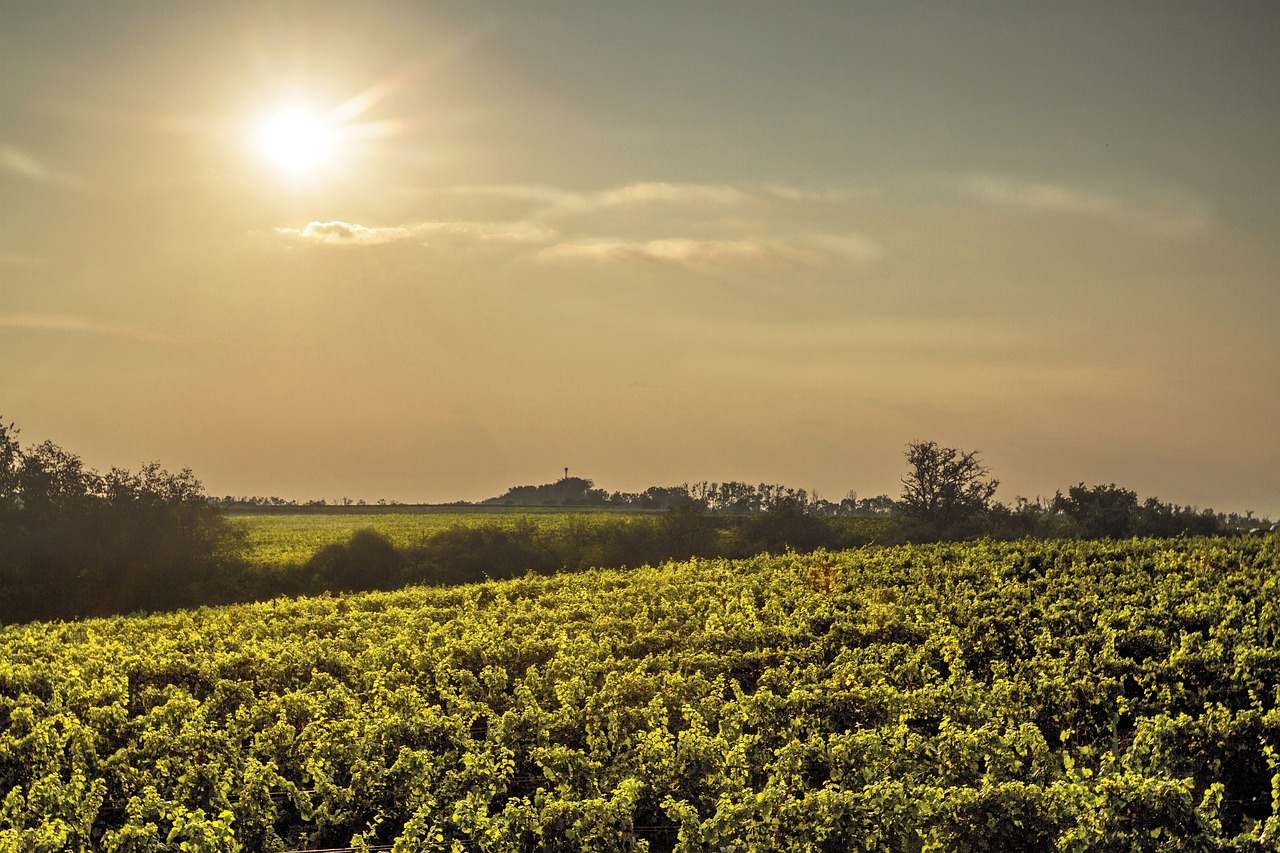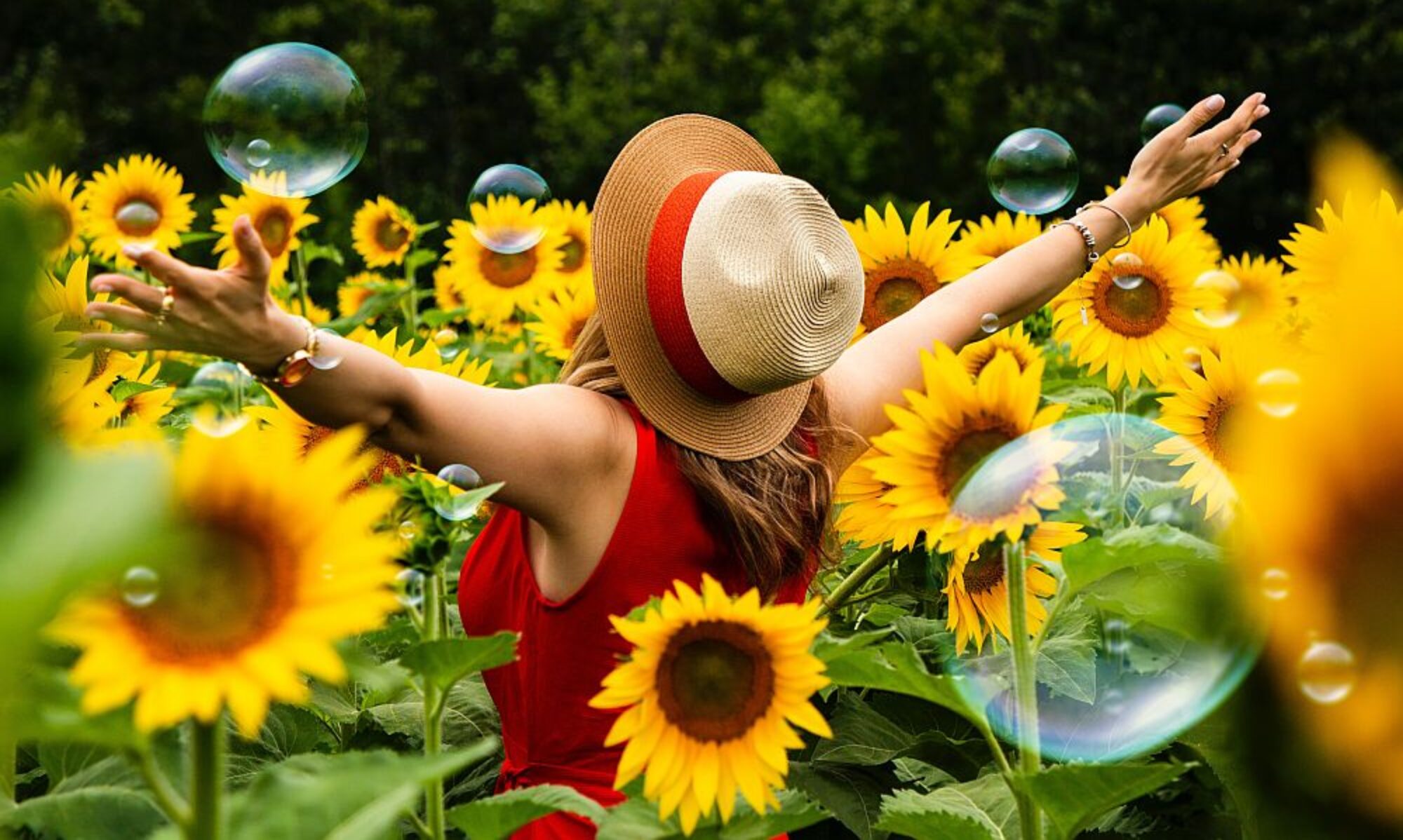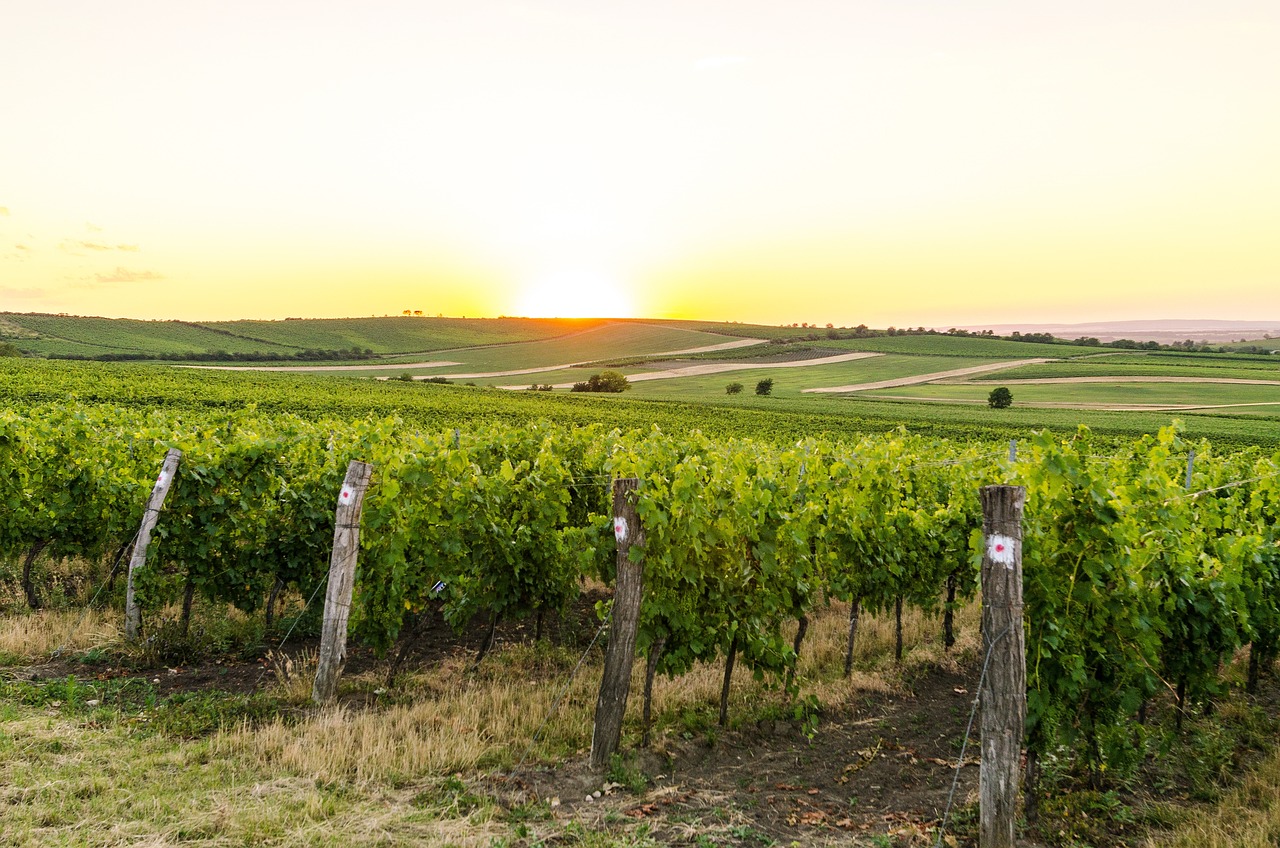Discover the Côtes de Gascogne Wines and delve into the Art of Wine Appreciation and Awaken Your Senses to a Symphony of Flavours during an Esprit Meraki Retreat
The Côtes de Gascogne Wine Region
I host my Camino de Santiago and Mind the Horses retreats in Gascony, in the very heart of the Côtes de Gascogne wine region, near Eauze, the capital of the Bas-Armagnac. Nestled between the Pyrenees Mountains and the Atlantic Ocean, this picturesque wine region spans over 15,000 hectares of rolling hills, fertile valleys, and sun-soaked vineyards. Known for its vibrant white wines, the Côtes de Gascogne offers a delightful combination of rich history, unique grape varieties, and an imminently favourable climate.
The vineyards of Côtes de Gascogne thrive in a maritime-influenced climate, characterized by warm summers, mild winters, and a refreshing Atlantic breeze. This climate, coupled with the region’s clay-limestone soils, provides optimal conditions for cultivating aromatic and flavorful white grape varieties. The dominant grape variety in Côtes de Gascogne is Colombard, renowned for its zesty citrus flavours and refreshing acidity. It is often blended with other local grape varieties such as Ugni Blanc, Gros Manseng, and Sauvignon Blanc, adding further complexity and aromatic profiles to the wines. These blends result in crisp, lively whites with notes of grapefruit, lime, peach, and exotic fruits.
In addition to white wines, the region also produces red and rosé wines, although to a lesser extent. The Côtes de Gascogne wine region is not only celebrated for its exceptional wines but also for its commitment to sustainable viticulture. Many vineyards in the region follow environmentally friendly practices, employing organic and biodynamic methods to preserve the terroir and biodiversity.
The Côtes de Gascogne wine region in Gascony is a still largely unexplored destination for wine lovers. It is only natural that my retreat guests want to try the aromatic white wines, robust reds and enchanting rosés. I do not have an alcohol licence, so I can not serve wine at dinner. Many of my guests, at the end of the first day’s Camino de Santiago walk, taste and buy their local favourites, at Lou ‘tit Mercat, and bring them back to share with other guests.
Before their first Camino walk, many ask “How does one taste wine?” I’m no expert, so I use a system, the “Five S’s” method, to taste our region’s excellent and exceptional wines. When it comes to tasting wine, the “5 S’s” is a popular method used to evaluate and appreciate different aspects and characteristics of the various wines.
Decoding Wine with the 5 S’s Approach
The “ Five S’s” method is relatively simple: Swirl, Sniff, Sip, Swish and Spit. And somewhere towards the end, also Savour. By thinking about these five steps, the tasting of wine can become a vastly different experience.
Swirl
The first “S” is Swirl. Doing this without spilling wine everywhere takes some practice. The first few times you try, you may feel a bit awkward, and nervous about tossing wine all over whoever is standing within reach (and yes, pretty much everyone has done this, so don’t stress too much. Just try not to aim for the person wearing white). Start by gently swirling the wine in the glass to release its aromas and enhance your ability to perceive them.
Place the base of the glass on a flat surface – although the proper way to hold a white wine glass is by the stem, as not to heat the wine with your 37.3-degree Celcius hand, and red can be held by the bulb of the glass. Move your glass first in small clockwise and then counterclockwise circles so that the wine moves around in the glass. The reason for doing this is to let more of the wine come in contact with the air. By swirling, you initiate the oxidation process of the wine.
Hold the wine glass by the stem, tilt the glass towards you and also away from you and examine the colour and clarity of the wine against a neutral background, such as a white tablecloth in a well-lit area. Observe the intensity of the colour. White wines can range from pale straw to deep gold, while red wines can vary from light ruby to dark purple. Note any variations in colour towards the rim of the wine glass.
Sniff
After swirling the wine around the glass for a few seconds, quickly bring the glass to your nose and take a few short sniffs to identify the wine’s aromas. This is giving another one of your senses a chance to get in touch with the wine. Think about what you smell when you “sniff” the wine. Take a short sniff and waft the wine vapours into the nose rather than directly holding your nose over the opening of the glass. To help you truly experience the aroma of the wine you may want to close your eyes to allow you to focus on one or two senses at a time such as taste and smell over the sense of sight.
Next, you want to try to identify the scent Does the wine have a fruity smell similar to apples, oranges or grapes? Try to detect different scents, such as fruits, flowers, spices, herbs, or oak. Be mindful of both primary aromas (grape-derived) and secondary aromas (arising from the fermentation process or ageing in oak barrels.) Wines such as Merlots or Cabernet Sauvignon evoke the woody smell of pine or cedar needles. Syrah wines have been known to diffuse a floral or ground black pepper scent; while Chardonnay’s that are aged in oak can remind one of figs or apples. The scent of a wine is purely subjective, but there is often a wide agreement amongst amateurs and experts alike, although impressions differ to some degree. Do you smell “wet dog?” A wine that smells like a wet dog is most likely past it, and you won’t want to drink it.
Sip and Swish
Now comes the next “S”: Sipping the wine. Take a little wine in your mouth, and and let it coat your entire palate then head right into “S” number four: Swish. What do you taste? Where on your palette do you taste it? The tongue has many different areas that are attuned to various types of tastes. Some areas of the tongue are more attuned to salty or sour tastes, while others are attuned to sweet tastes. You want to take a sip of the wine and make sure you run it around the tongue to stimulate all the different kinds of taste buds. Also, try to let a little air into your mouth while you have the wine on your palate. Allowing the oxidation process to occur in your mouth can give you a very different perspective on the wine. Think about how the wine feels in your mouth, what you taste, and any other senses, feelings or emotions you notice. Notice the balance between sweetness, acidity, bitterness, and alcohol. Try to identify specific flavours and characteristics, such as fruity, floral, earthy, or oaky notes. Consider the wine’s complexity, body, and finish (how long the flavours linger).
Spit/Swallow and Savour
Now comes the deciding moment. Do I Spit or Swallow? If you are tasting a lot of wines, spitting may be the wisest thing to do. To each their own, but after spitting or swallowing, think about how long you can still taste the wine in your mouth. Count how many seconds you still recognise the wine, and that is the finish. If you count 10-15 seconds, that is a long finish. If you don’t taste it right after you swallow it, then that wine has a short finish or no finish.
Take a moment to savour and reflect on the overall experience. Try to be as descriptive as possible each step of the way while tasting a wine. In doing so, you will start to learn what you like and don’t like in wines, giving you a better chance of getting what you want the next time you are in a store or restaurant. Consider your personal preferences and how the wine aligns with them. Appreciate its unique qualities and think about potential food pairings.
Wine Tasting Etiquette
Learning about wine is a fascinating adventure, full of new flavours, new ideas, and new friends. If you’ve never been to a wine tasting, you may notice that a simple set of rules/etiquette applies at most tastings. Familiarising yourself with this etiquette will help you enjoy the tasting more.
- Do not wear perfume or scents while wine tasting. Because smell is such an important factor in wine tasting, it will interfere with your ability to appreciate the wines fully.
- Mints or chewing gum are also not recommended. It has an undesirable effect on how a wine tastes.
- You will be given a taste of a specific wine, not a full glass. The amount poured may vary from winery to winery, but will typically be 1-2 ounces. You can spit or pour out your wine into a container at the tasting area provided for that purpose.
- Smoking is unacceptable.
- You may also choose not to taste wine if your palate is tired.
- Drink water between tastings. This will refresh your mouth and taste buds. And hydration helps avoid hangovers.
- It is perfectly acceptable to skip some of the wines on the tasting list. Some people just want to taste the reds. Some may be interested in tasting only certain varieties of wine.
- Normally you would not ask for a second taste of one particular wine unless you indicate that you are interested in purchasing the wine.
- Bring a small notebook for tasting notes. At the end of the tasting, you may not remember exactly which wine was the one you really liked. It helps to write down your impression of each wine as you taste it. Later, these tasting notes can be a useful reference when purchasing wine at a wine store or ordering wine online.
- You are not obliged to make wine purchases during your visit.
- Courteous wine tasters also do not volunteer their opinions about a wine until other tasters have had a chance to taste the wine.

Wine tasting is subjective, and everyone’s palate is different. The more you practice, the better you’ll become at discerning different flavours and scents of wines. To make the whole process easier, you can use a Wine Tasting Wheel.
CLICK HERE to download a copy of a Wine Tasting Wheel.
©MargarethaMontagu
Discover the Art of “Savoir Vivre” in the Picturesque Southwest of France!
Are you ready to embark on a captivating journey through the idyllic landscapes of the Southwest of France? Join me as I share the enchanting tales of life in this picturesque region. Each month, I pour my heart into crafting the Savoir Vivre Vignettes newsletter, a window into my world and the soul-stirring experiences that unfold here. To receive this monthly dose of inspiration, simply subscribe to Savoir Vivre Vignettes by clicking the link below. As a subscriber, you’ll be the first to receive exclusive stories, insightful articles, and early-bird/last-minute special offers on upcoming online and onsite retreats. Subscribe to my Savoir Vivre Vignettes Newsletter – and start my eye-opening, mind-altering and entirely free Journal Yourself Stressfree e-retreat and download my Top 10 Tips to Making Your Next Retreat Your Best Ever e-guide.
Further Reading:
- “The Wine Bible” by Karen MacNeil: Considered a comprehensive guide to wine, this book covers various aspects of wine tasting, including tasting techniques, grape varieties, wine regions, and food pairing.
- “Wine Folly: The Essential Guide to Wine” by Madeline Puckette and Justin Hammack: This visually engaging book provides a beginner-friendly introduction to wine, including tasting basics, wine styles, and helpful infographics.
- My favourite: “The World Atlas of Wine” by Hugh Johnson and Jancis Robinson: A revered reference book, it explores wine regions worldwide, offering insights into the geography, history, and unique characteristics of each region.
- “Windows on the World Complete Wine Course” by Kevin Zraly: An acclaimed wine education resource, it covers the essentials of wine tasting, wine regions, grape varieties, and practical advice for wine enthusiasts.
- For emergencies: “The 24-Hour Wine Expert” by Jancis Robinson: A concise and accessible guide, it covers the fundamentals of wine tasting, wine selection, and decoding wine labels.
- “The Essential Scratch & Sniff Guide to Becoming a Wine Expert” by Richard Betts: An interactive book that introduces wine tasting through scratch-and-sniff pages, helping readers identify different wine aromas.
- “Tasting Wine: An Insider’s Guide to the World’s Greatest Drink” by Roger Scruton: This book delves into the art and philosophy of wine tasting, exploring the sensory experience and the cultural significance of wine.
- “The Art of Tasting Wine” by James Tidwell and Bill St. John: A guidebook that covers the basics of wine tasting, including assessing appearance, aromas, flavours, and developing a personal wine vocabulary.
- Any notebook will do, but this one comes with useful templates: “Wine Tasting Notebook” by Wine Folly: A useful tool for tracking and recording wine-tasting experiences, featuring structured templates to note wine details, impressions, and ratings.
- “Great Wines Made Simple: Straight Talk from a Master Sommelier” by Andrea Immer Robinson: Written by an experienced sommelier, this book provides practical advice on tasting techniques, wine selection, and demystifying the world of wine.
These books cater to both beginners and those seeking more in-depth insights into the art of wine tasting.
Discover the Art of “Savoir Vivre” in the Picturesque Southwest of France!
Are you ready to embark on a captivating journey through the idyllic landscapes of the Southwest of France? Join me as I share the enchanting tales of life in this picturesque region. Each month, I pour my heart into crafting the Savoir Vivre Vignettes newsletter, a window into my world and the soul-stirring experiences that unfold here. To receive this monthly dose of inspiration, simply subscribe to Savoir Vivre Vignettes by clicking the link below. As a subscriber, you’ll be the first to receive exclusive stories, insightful articles, and early-bird/last-minute special offers on upcoming online and onsite retreats. Subscribe to my Savoir Vivre Vignettes Newsletter – and start my eye-opening, mind-altering and entirely free Journal Yourself Stressfree e-retreat and download my Top 10 Tips to Making Your Next Retreat Your Best Ever e-guide.
.
Privacy notice: We take your privacy seriously. Your details are not passed on or sold to any third parties whatsoever, you are not subscribing to any other mailing lists and we promise to only use your details to contact you directly ourselves. You can unsubscribe at any time.


